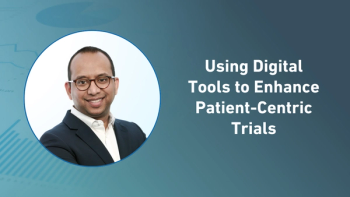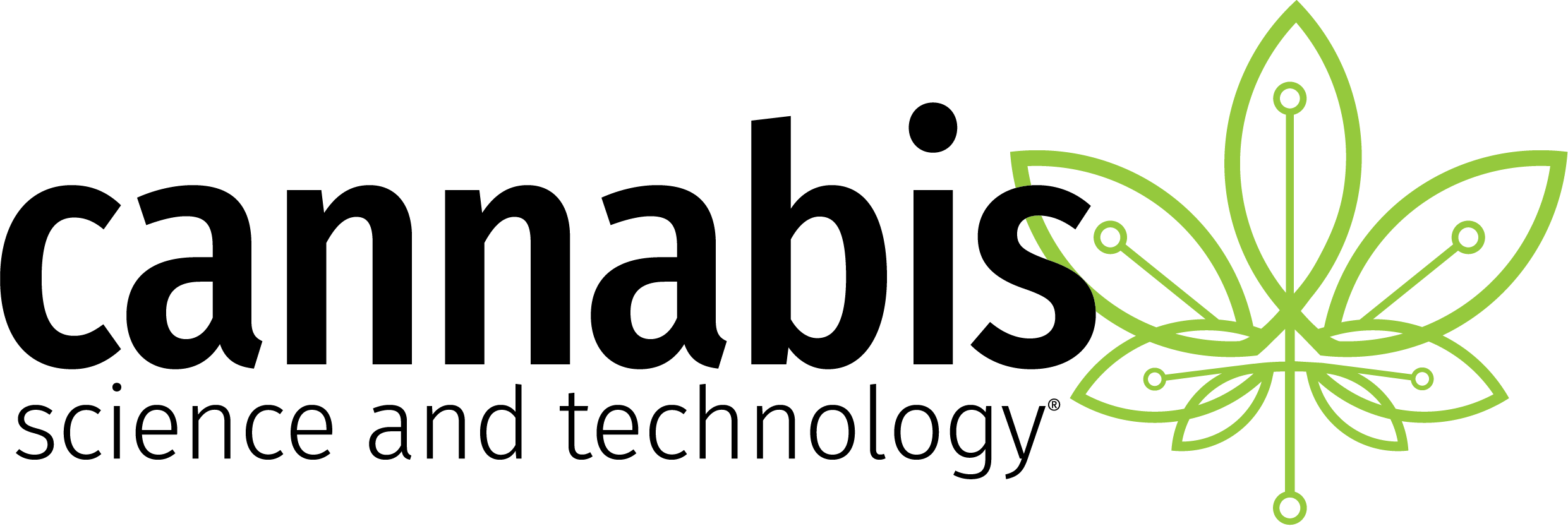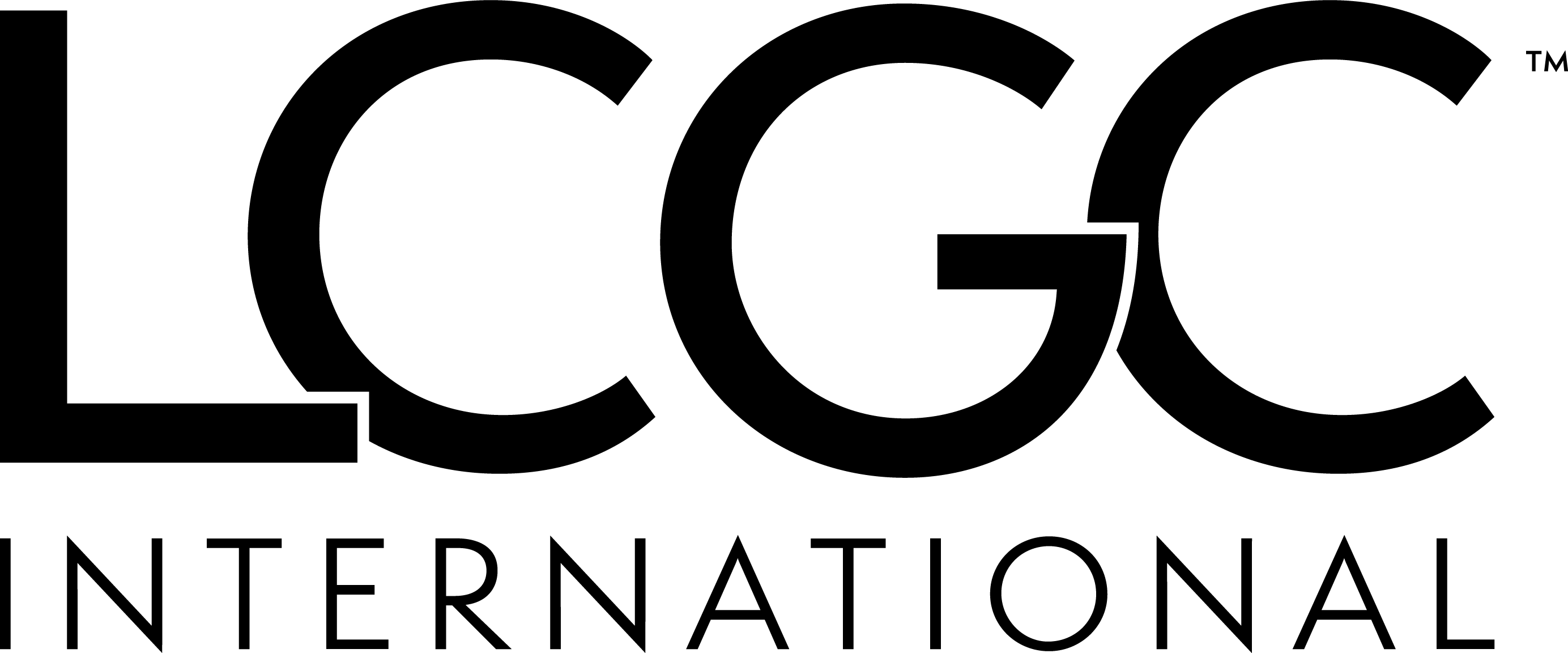- Applied Clinical Trials-10-01-2025
- Volume 34
- Issue 4
Future-Proofing Clinical Trial Supply Chains Against Tariff Risks
Key Takeaways
- Tariffs on pharmaceuticals and medical devices threaten clinical trial operations, causing delays, cost increases, and data integrity issues.
- Global supply chain interdependence heightens vulnerability to trade policy shifts, necessitating proactive contingency planning.
With global supply chains inherently vulnerable to trade policy shifts, the consequences for clinical research can be significant without proactive planning. The eight core elements of a tariff contingency plan are outlined.
Tariffs on pharmaceutical products, medical devices, and raw materials are more than an economic concern; they are an operational risk with immediate implications for clinical trials. Organizations face potential delays, increased costs, and compromised data integrity without proactive tariff contingency planning. Sponsors can ensure trial continuity, operational resilience, and stakeholder confidence by embedding redundancy, financial safeguards, and regulatory foresight.
The growing risk of tariffs in clinical trials
Modern clinical trials rely on globally integrated supply chains. Investigational products, active pharmaceutical ingredients (APIs), comparator drugs, packaging, and ancillary devices often cross multiple borders before reaching sites and patients. Global interdependence creates efficiencies and exposes trials to disruptions when tariffs or trade restrictions are introduced.
- Tariffs can affect clinical trial supply chains in several ways:
- Delays at borders as goods are reclassified or subjected to new duties.
- Increased costs passed along to sponsors and ultimately impacting trial budgets.
- Operational inefficiencies when companies must reroute shipments or change suppliers’ mid-study.
Recent developments highlight how quickly these risks can materialize. In June 2025, Chinese pharmaceutical firms reported disrupted projects and shifted production strategies in response to escalating US–China tensions.¹ Some organizations began stockpiling raw materials and accelerating local testing to mitigate exposure to tariffs or restrictions. Meanwhile, European pharmaceutical leaders cautioned that newly imposed US tariffs of 15% on medicines could restrict patient access, elevate costs, and undermine transatlantic research collaboration.²
These examples show that tariffs are not just a political or economic issue. They have direct consequences for patients, sponsors, and the success of clinical research.
Why contingency planning is essential
Preserving trial integrity. Clinical trials are susceptible to timing. Delays in investigational product delivery can stall site initiation, recruitment, or treatment schedules. Once disrupted, these timelines are difficult to recover, risking data quality and regulatory acceptance.
Containing escalating costs. Even modest tariffs can significantly inflate trial budgets. A 15% duty applied to imported APIs or packaging materials can strain financial resources, especially in trials with hundreds of sites across multiple regions. Without contingencyplans, sponsors may need to reallocate funds away from innovation or patient support programs. One recent analysis projected that a 25% tariff on imported pharmaceuticals could raise US drug costs by nearly $51 billion annually and increase prices by up to 12.9% if fully passed through to consumers.³ If passing costs on to patients may seem logical to the financial officer, the impact on the overall program needs to be fully assessed. Typical costs to maintain a patient in some clinical trials can be as high as $2 million, depending on the indication. Loss of key patient populations due to product constraints needs to be leveraged against the study to determine the true cost of decisions. Other options include value-stream mapping the process to eliminate low-value-added steps or services, cost reduction options, and eliminating waste.
Maintaining regulatory compliance. Tariff changes are often accompanied by new documentation requirements or customs scrutiny. Preparedness in customs procedures and regulatory filings helps organizations avoid compounding tariff-related delays. Failure to comply with new requirements can lead to additional penalties, shipment seizures, or inspection findings.
Sustaining quality standards. Tariff disruptions can create pressure to switch suppliers or logistics providers quickly. Without proper due diligence, this can result in variability in raw material quality, packaging errors, or gaps in cold-chain management. Quality assurance functions must be central in evaluating and approving contingency suppliers to ensure compliance with good manufacturing practice (GMP) requirements.
Building trust. Regulators, investors, and clinical partners expect proactive risk management. Demonstrating a comprehensive contingency plan that includes tariffs reinforces confidence that trials will remain on track despite external shocks. This trust is invaluable in an environment where reputational risk is closely tied to operational performance.
Core elements of a tariff contingency plan
1. Risk identification and scenario modeling
The foundation of any contingency plan is a clear understanding of exposure. Sponsors should map tariff-sensitive components, including APIs, finished-dosage forms, packaging, comparators, and devices, across their supply chains. From there, organizations can model different tariff scenarios, such as 10%, 15%, and up to 250% increases, and estimate the impact on budgets and timelines. This modeling enables sponsors to identify critical vulnerabilities and prioritize mitigation strategies. Inflection mapping can be utilized to identify the price vulnerabilities and their impact on participants.
2. Supplier and logistics redundancy
Redundancy is a cornerstone of resilience. Clinical trial sponsors should cultivate alternate suppliers in tariff-exempt regions and avoid overreliance on a single geography. This may include:
- Dual-sourcing critical raw materials or comparator drugs.
- Identifying regional pharma distribution hubs to shorten transit routes.
- Establishing framework agreements with multiple logistics providers for rapid rerouting.
The shift by some Chinese pharma organizations toward localizing production and testing in anticipation of trade restrictions illustrates how supplier diversification can reduce vulnerability.¹
3. Manufacturing and sourcing agility
In some cases, tariffs will shift the tipping point to a more cost-effective strategy to reshore or nearshore elements of production. For example, moving packaging or secondary manufacturing closer to trial conduct sites reduces exposure to tariffs while improving supply chain agility. Building flexibility into supply chain design ensures organizations can pivot quickly in response to new trade barriers.
4. Regulatory and customs preparedness
Customs requirements often evolve alongside tariffs. Sponsors should ensure that documentation, labeling, and regulatory filings are accurate, complete, and aligned with tariff classifications. Clear communication protocols with customs authorities can prevent delays. Regulatory teams should also work closely with compliance and logistics to monitor evolving requirements and maintain alignment with international standards.
5. Financial safeguards
Financial planning is critical to absorbing tariff shocks. Sponsors can:
- Establish contingency budgets earmarked for trade-related cost increases.
- Explore trade insurance or contractual clauses that allow cost-sharing with partners.
- Build flexibility into site budgets to accommodate fluctuations in supply costs.
Without financial safeguards, organizations risk underfunding essential study activities if tariffs materialize mid-trial.
6. Monitoring and adaptability
Because tariffs are subject to political shifts, contingency plans must be dynamic. Assigning responsibility for trade policy surveillance ensures early detection of proposed changes. Regular reviews allow organizations to update contingency measures proactively rather than reacting after disruptions occur.
7. Quality and compliance oversight
Tariff disruptions often force rapid changes in suppliers, logistics providers, or manufacturing locations. Quality and compliance functions must be integrated into all decisions to ensure that substitute pharmaceutical suppliers are correctly qualified and that processes remain GMP compliant. Failure to maintain these standards risks data integrity findings during inspections or even patient safety concerns.
8. Transparent communication
Contingency planning should include a communication strategy for sponsors, contract research organization partners, regulators, and clinical trial sites. Transparency about potential impacts and planned mitigations builds trust and helps align expectations.
Practical considerations for implementation
Engage cross-functional teams. Tariff planning cannot be siloed within supply chain departments. Clinical operations, regulatory affairs, finance, and quality assurance must all contribute to ensuring comprehensive coverage. In fact, across the broader healthcare sector and landscape, many institutions have already formed crisis teams to renegotiate contracts and mitigate risks tied to shifting tariff policies—highlighting how systemic and immediate these challenges are.⁴
Prioritize high-risk trials. Not all studies face the same level of exposure. Sponsors should focus initial efforts on large, multinational trials, where tariff impacts are magnified. Additionally, programs need to be prioritized if a clinical trial is a part of a larger strategy, such as moving into a new therapeutic indication, resolving an unmet need, or capturing a market.
Leverage scenario-based training. Teams should rehearse responses to hypothetical tariff scenarios, ensuring that contingency measures can be activated efficiently. Teams need to know what the key indicators are and have the muscle memory to effectively respond when different scenarios occur.
Integrate with quality systems. When contingency measures are enacted, supplier qualification, deviation management, and change control processes should be leveraged. This ensures that quality and compliance are maintained even when changes are made under pressure.
Align with enterprise risk management. Tariff contingency planning should integrate with broader risk management frameworks, alongside planning for natural disasters, pandemics, or geopolitical conflicts.
Tariff contingency planning is strategic, not optional
While tariffs are political decisions, their impact on clinical trial supply chains is immediate and tangible. A single delay in investigational product delivery can cascade into missed milestones, budget overruns, and compromised data integrity.
Recent examples from China and Europe demonstrate that pharmaceutical companies cannot afford to ignore this risk. Planning ahead is not simply about avoiding disruption. It is about building supply chains that are resilient, adaptive, and compliant with quality expectations.
For sponsors, tariff contingency planning delivers several strategic benefits:
- Operational continuity ensures trials proceed on schedule despite external disruptions.
- Financial predictability protects budgets and reduces the likelihood of mid-trial funding shortfalls.
- Regulatory compliance prevents customs and documentation issues from compounding tariff delays.
- Quality assurance ensures that supplier switches or logistics changes do not compromise data integrity or patient safety.
- Stakeholder confidence reinforces that sponsors are prepared to manage uncertainty responsibly.
Ultimately, contingency planning reflects a broader organizational commitment to resilience, compliance, and patient access. In a world of unpredictable trade policies, organizations that anticipate and plan will safeguard not only their trials but also their reputations.
Tariffs are more than an abstract trade issue. They are a pressing operational concern for the clinical trial industry. Global interdependence makes supply chains inherently vulnerable to trade policy shifts, and the consequences can be significant without proactive planning.
Preparedness, supplier redundancy, financial foresight, regulatory agility, and quality oversight are not just tactical responses; they are strategic imperatives.
In today’s volatile trade environment, contingency planning is not optional. It is the foundation of resilient clinical research, ensuring uninterrupted trial execution, patient access, and stakeholder trust.
Bob Beall is Vice President at ProPharma
References
1. China Pharma Projects Disrupted by Sino–US Tensions. Reuters. June 17, 2025.
2. European Pharmaceutical Firms Criticize Trump Tariffs on Medicines as Blunt Instrument. The Guardian. July 29, 2025.
3. US Pharma Tariffs Would Raise Drug Costs by $51 Billion Annually, Report Finds. Reuters. April 25, 2025.
4. Health Care Sector Braces for Supply Chain Uncertainty Amid Changing Tariff Policies. AAMC. May 29, 2025.
Articles in this issue
about 2 months ago
Applied Clinical Trials: October 2025 Interactive Digital Editionabout 2 months ago
In With the New2 months ago
KRI Overload: When More Isn’t BetterNewsletter
Stay current in clinical research with Applied Clinical Trials, providing expert insights, regulatory updates, and practical strategies for successful clinical trial design and execution.






.png)



.png)



.png)
.png)
